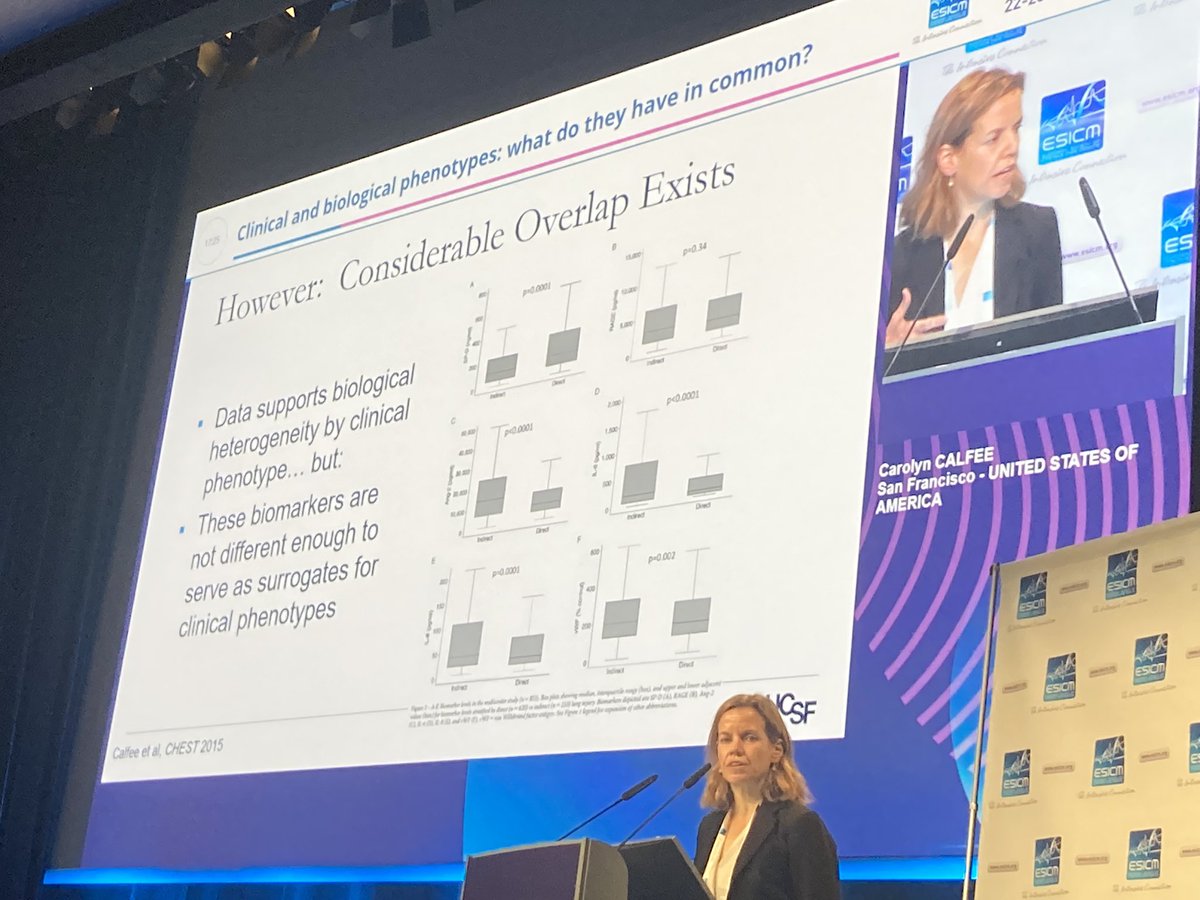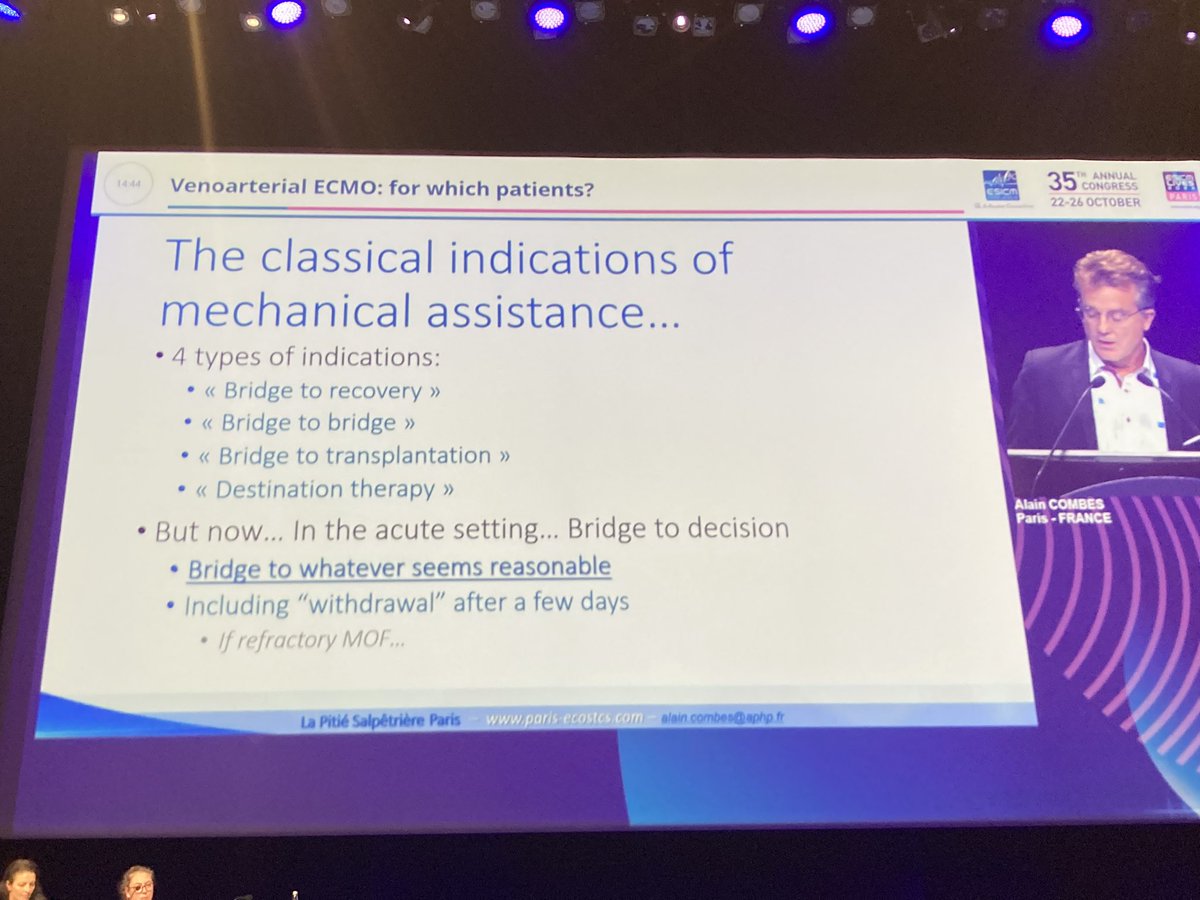
Now Harm-Jan De Grooth "Understanding Bayesian Analysis"
- more specifically "Bayesian Trial analysis"
@ESICM #datascience #ai #ml #icudata #bayesian
- more specifically "Bayesian Trial analysis"
@ESICM #datascience #ai #ml #icudata #bayesian
@ESICM Trials are now using Bayesian analysis or at least in secondary analysis.
pubmed.ncbi.nlm.nih.gov/30347031/
But also NEJM IL-6 in covid - purely bayesian analysis.
pubmed.ncbi.nlm.nih.gov/30347031/
But also NEJM IL-6 in covid - purely bayesian analysis.
@ESICM Bayesian is not easy to do
- need technical expertise
- need specific software
- and deals with "subjectivism" which doesnt go down well with "scientific thinking"
- need technical expertise
- need specific software
- and deals with "subjectivism" which doesnt go down well with "scientific thinking"
@ESICM e.g., 400 pts randomised to Rx v placebo
- 50/200 (25%) died in Rx
- 65/200 in control
- negative 7.5% risk difference.
Frequentist confidence interval (not statistically significant) 95% CI overlaps null. so p-value is 0.09.
- 50/200 (25%) died in Rx
- 65/200 in control
- negative 7.5% risk difference.
Frequentist confidence interval (not statistically significant) 95% CI overlaps null. so p-value is 0.09.
if you do a Bayesian analysis without any prior being set. using fancy analysis you got the exactly same Bayesian credible interval.
So bayesian analysis if you dont incorporate "any prior beliefs" ,its effectively identical to frequentist approach.
Bayesian is all about "prior belief". it is an old technique develooed in 19th century before even p-values come about.
Bayesian is all about "prior belief". it is an old technique develooed in 19th century before even p-values come about.
That is a very important difference but most of the people don't care.
Normal people dont care and most clinical colleagues doesnt matter.
But lets put aside philosophical differences.
Why do we go "Bayesian"
1. design flexibility. makes platform trials possible
Normal people dont care and most clinical colleagues doesnt matter.
But lets put aside philosophical differences.
Why do we go "Bayesian"
1. design flexibility. makes platform trials possible
and you would interpret Confint as per frequentist if ya dont include any prior. e.g., in above IL6 trial
2. to incorporate prior distribution
e.g., in EOLIA trial (Goligher paper above)
you can use non-belief based prior and obtain meta-analytical prior.
2. to incorporate prior distribution
e.g., in EOLIA trial (Goligher paper above)
you can use non-belief based prior and obtain meta-analytical prior.
already 2 good reasons . There is 3rd.
3. "because you like it". it is more intuitive way of thinking probability.
Poor reasons for going Bayesian :
1. expecting better results
no difference in effect estimate precision, no difference in sample size
or because it is hot
3. "because you like it". it is more intuitive way of thinking probability.
Poor reasons for going Bayesian :
1. expecting better results
no difference in effect estimate precision, no difference in sample size
or because it is hot
Poor reason for going Baysian "as a smoke screen for design flaws". Bayesian approaches handle missing data better. But if your missing data is not random i.e., meaningful missingness -> then it will add nothing.
NOT MAGIC. NOT ALCHEMY. NOT SCARY
NOT MAGIC. NOT ALCHEMY. NOT SCARY
Q: how "involved" is it to do Bayesian analysis?
A: there is a point and click SPSS style interface. but will require weeks of training to be able to quality control properly.
A: there is a point and click SPSS style interface. but will require weeks of training to be able to quality control properly.
Q: how to best choose a "prior" ?
A: no good answer as he doesnt think this is a best route to analysing it.
A: no good answer as he doesnt think this is a best route to analysing it.
@threadreaderapp unroll
• • •
Missing some Tweet in this thread? You can try to
force a refresh














